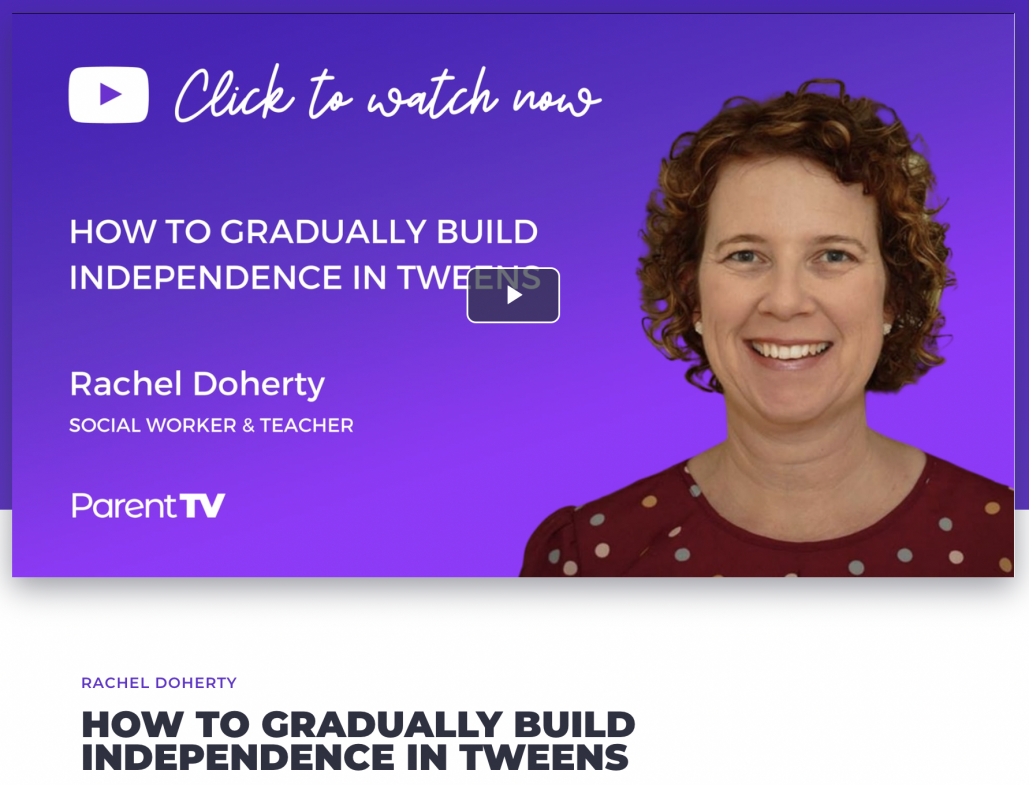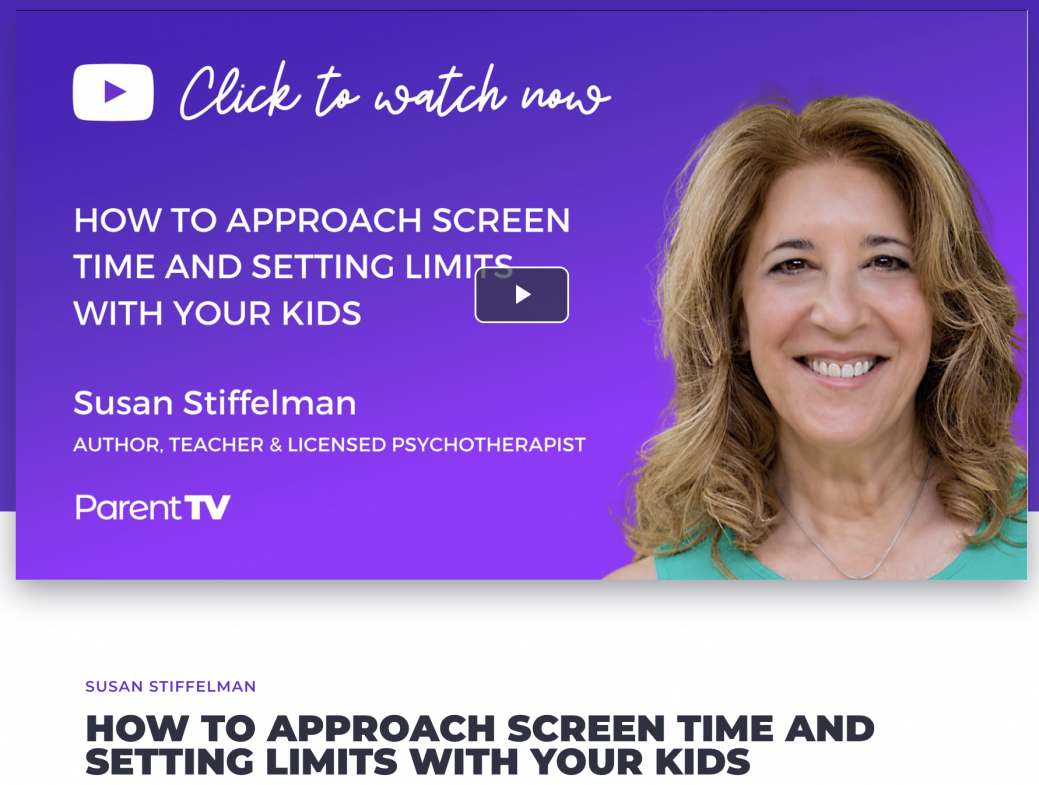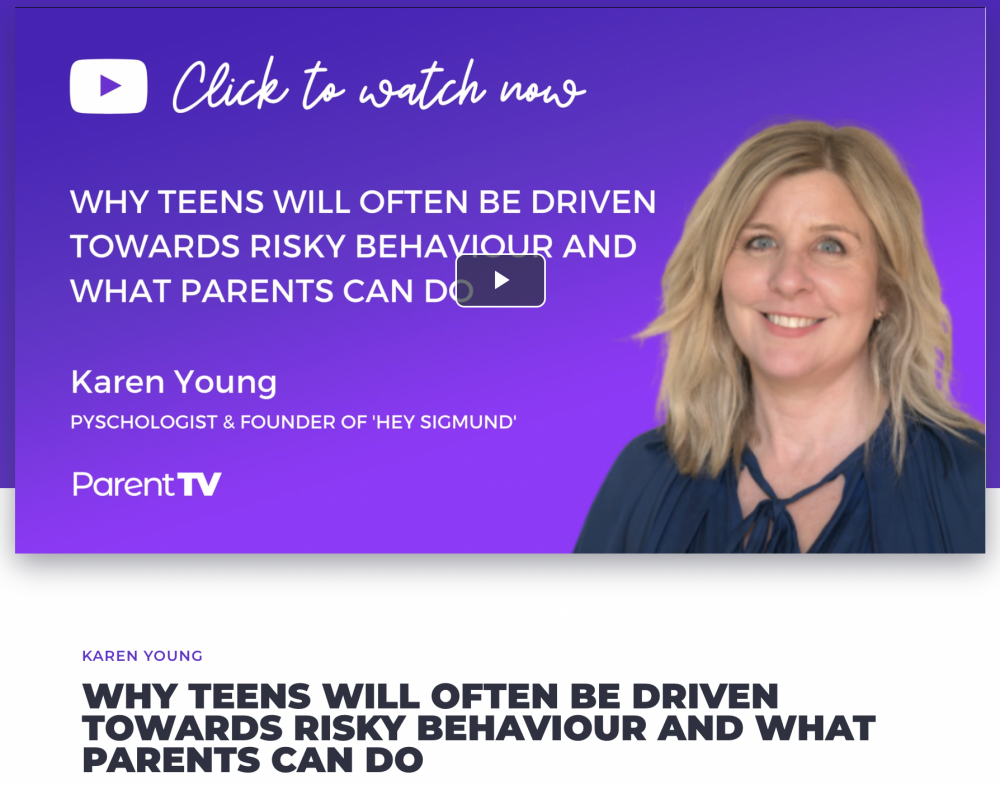Setting Age-Appropriate Limits: Building Independence and Responsibility
Categories: General Parenting
As we navigate the adventurous journey of raising our kids, one of the things that play a crucial role is striking the balance between letting them explore the world and setting some limits to keep them safe. We all want our children to grow up independent and responsible, right? So, let’s talk about the importance of setting age-appropriate limits, backed by some research-based insights, and sprinkle in some real-life examples!
Why Boundaries Matter
Okay, picture this: our little ones are like tiny adventurers, eager to conquer everything around them. It’s adorable, but they don’t quite grasp the concept of danger yet. That’s where setting boundaries comes in! It’s like giving them a little guidebook on how to navigate the world safely while still allowing them to have fun and learn along the way.
Let’s Break it Down by Ages
- Early Childhood (Ages 2-5):
Oh, the toddler phase! They’re so curious and ready to take on the world. We’ve found that setting some limits during this time is super important. For example, we give them some screen time, but we keep it limited to around 30 minutes a day. Instead, we create a safe play area with toys that match their age, encouraging their creativity to flourish.
- Middle Childhood (Ages 6-11):
These little ones are growing up so fast! At this stage, they can handle more responsibilities, and we like to encourage that. Simple chores like making their beds or setting the table are great ways to teach them responsibility and show that they’re an important part of the family team.
- Early Adolescence (Ages 12-14):
Ahhh, the tween phase! They’re becoming more independent and crave freedom. We totally get it, but we also want to guide them through this transition. Giving kids a phone at this age is quite common to stay connected with friends and family, but we set some limits on usage. No screens during mealtime or study hours, ensuring they still interact with us and focus on their schoolwork.
- Late Adolescence (Ages 15-18):
They’re almost adults now, and it’s essential to help them prepare for the real world. While they might think they know it all (teenagers, right?), we still set some boundaries. We establish curfew times for when they go out with friends, making sure they get enough rest while still having a good time.
Why This Approach Works, According to Research
Now, you might be wondering if all this limit-setting really makes a difference. Well, you’ll be glad to know that it does! Research has shown some amazing benefits:
- 1) Emotionally Strong: Kids who grow up with consistent, age-appropriate limits tend to have better emotional regulation skills. It helps them cope with stress and manage their feelings like champs.
- 2) Super Problem Solvers: As they grow, these kiddos develop excellent problem-solving abilities. They learn to think about the consequences of their actions, leading to better decision-making skills. We all know how valuable that is!
- 3) Responsible Choices: Teens with well-defined limits are less likely to take risks or engage in risky behaviors. It’s like they’ve got an internal compass guiding them towards making responsible choices.
Setting limits is a great way of showing love and care for our kids while preparing them for the adventures that lie ahead. Remember, as they grow, the limits can change to suit their needs. Let’s be their cheerleaders and guides, helping them blossom into independent and responsible individuals.
Feel free to check out some of our videos on ParentTV below which look further into what it means to grow capable, independent children who know their limits. Happy parenting!




